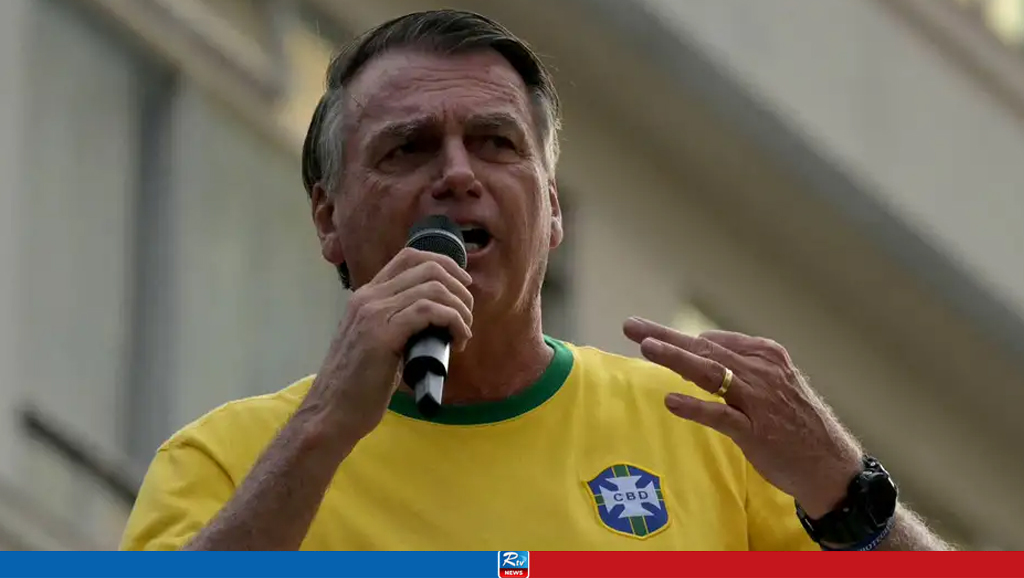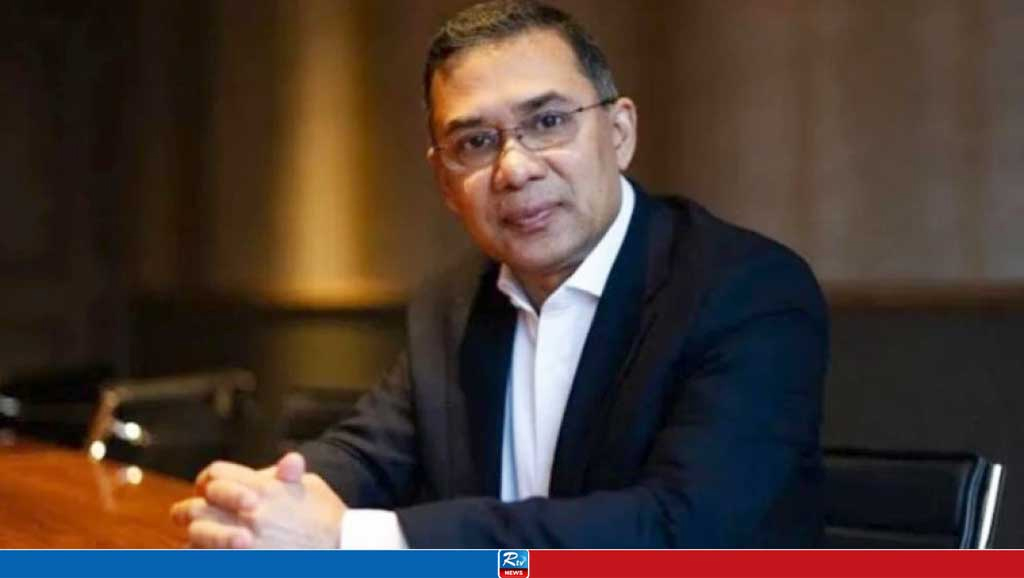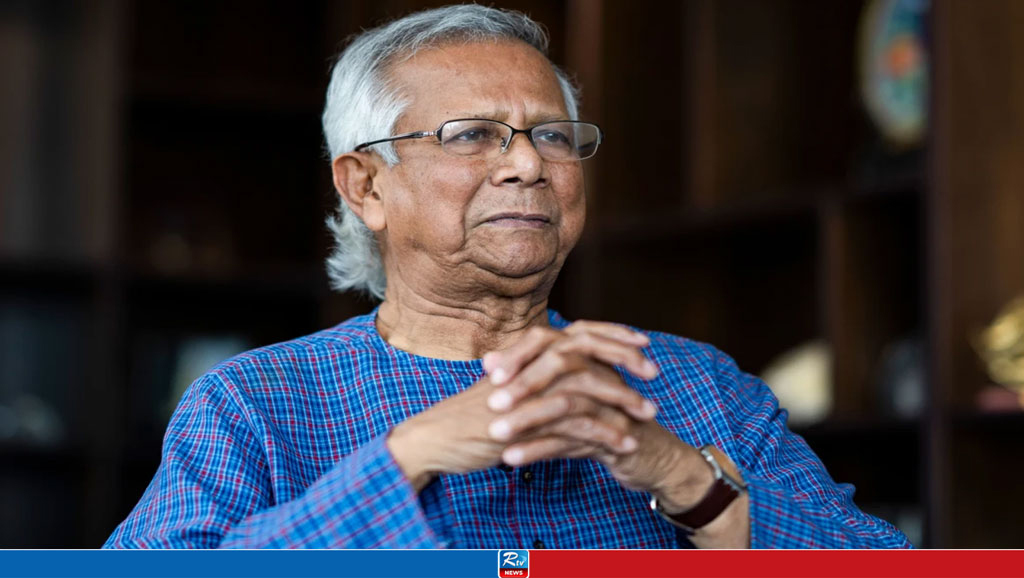Protesters storm Sri Lankan president's Colombo residence

President Gotabaya Rajapaksa was reportedly moved to safety as crowds broke through a police cordon. Prime Minister Ranil Wickremesinghe has agreed to resign.Tens of thousands of protesters demanding Sri Lankan President Gotabaya Rajapaksa and the government’s resignation, stormed his official residence on Saturday. Rajapaksa was moved to a safer area, an official within his office told news agency dpa, while AFP cited a top defense source as saying the president was escorted to safety.
Prime Minister Ranil Wickremesinghe agreed to step down from his position on Saturday after summoning an emergency meeting of political party leaders. He said he is willing to make way for an all-party government in the light of the protests and ongoing economic crisis the country. During the latest protests at Rajapaksa’s residence, a regular fixture in recent weeks, troops fired in the air, trying to prevent the angry crowds from overrunning the palace, but the protesters eventually managed to break through. Shortly after, protesters managed to breach the president’s offices, located less than a kilometer from Rajapaksa’s residence. Images broadcast on national television later showed crowds gathering both outside and inside the building.
Worst economic crisis in living memory
The island nation is in the midst of its worst economic crisis since gaining independence in 1948. The country defaulted on its foreign debt in April. The president has so far refused to resign. However, in an apparent bid to appease the protesters, he has removed several of his close relatives from top government positions, including two of his brothers, Mahinda and Basil, who until recently served as the country’s prime minister and finance minister, respectively. In May, Wickremesinghe was appointed prime minister and is currently also in charge of heading the Finance Ministry. He has pledged to establish a relief program and a new economic plan which would allow him to seek a bailout from the International Monetary Fund (IMF).
Bankrupt with debts of over $50 billion
Wickremesinghe said the country’s bailout talks with the IMF were reliant on finalizing a debt restructuring plan with creditors by August, and that was made all the more difficult as the country is bankrupt with debts now totaling over $50 billion (€49.1 billion). Sri Lanka’s 22 million people have suffered months of surging inflation and lengthy power cuts after the government ran out of foreign currency to import essential goods, such as food, fuel and medicine.
Comments
Philippines: Cyclone Kristine Leaves More Than 20 Dead
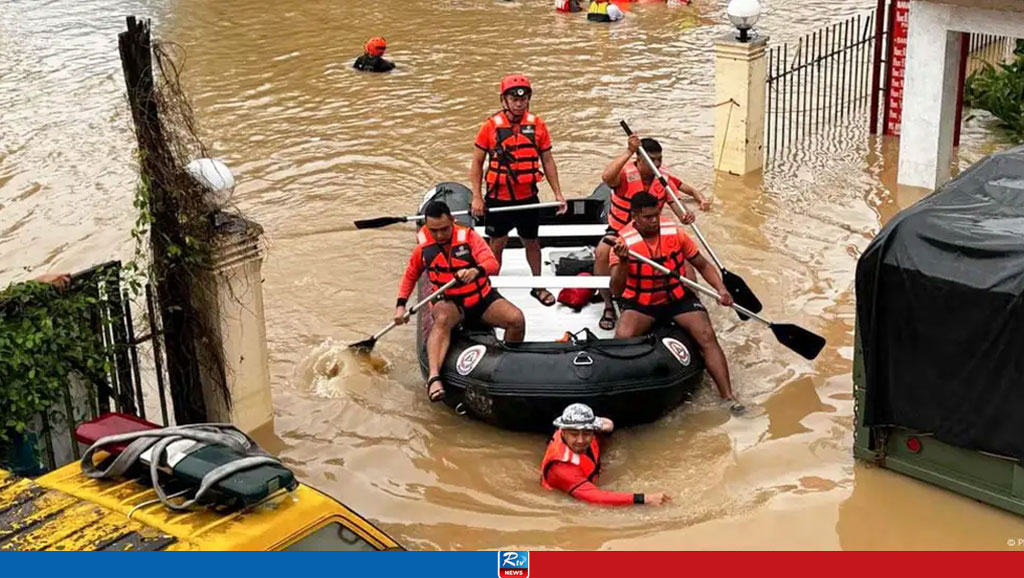
Taiwan 'Will Not Yield an Inch' of Land, Lai Says
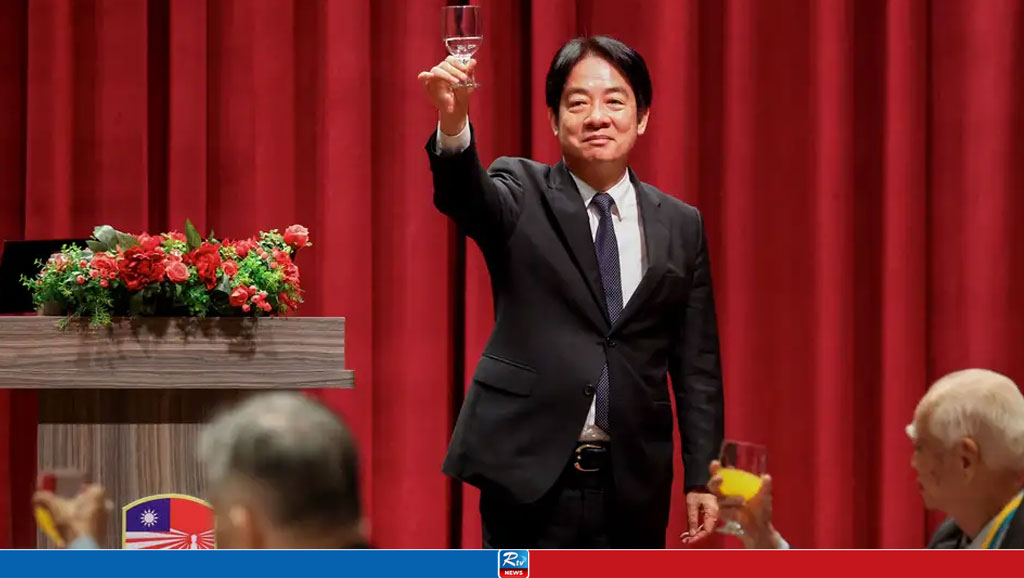
Israel's Attack: All Flights from Iranian Airports Suspended
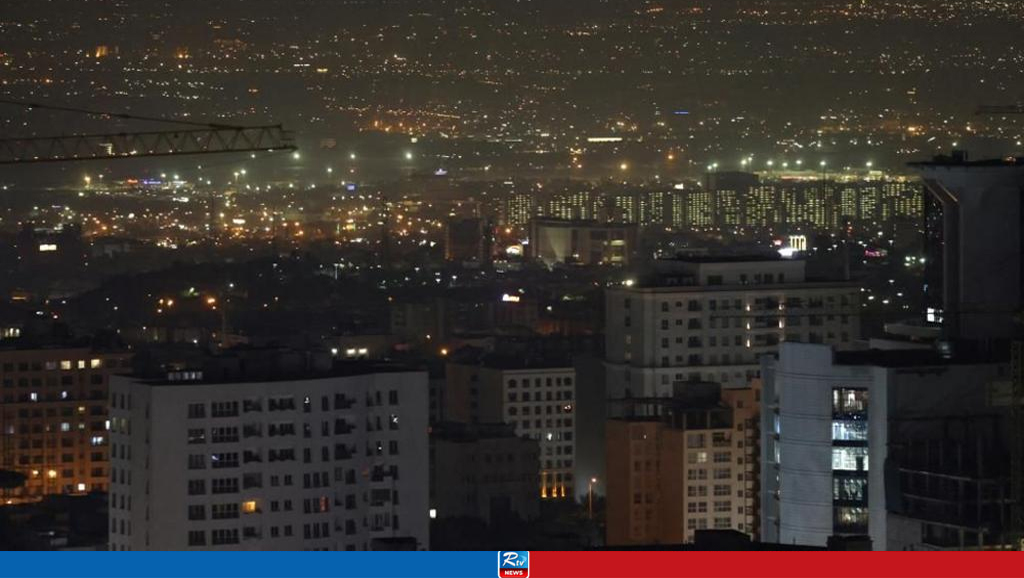
Israel Announces End of Attacks on Iran in Face of Resistance
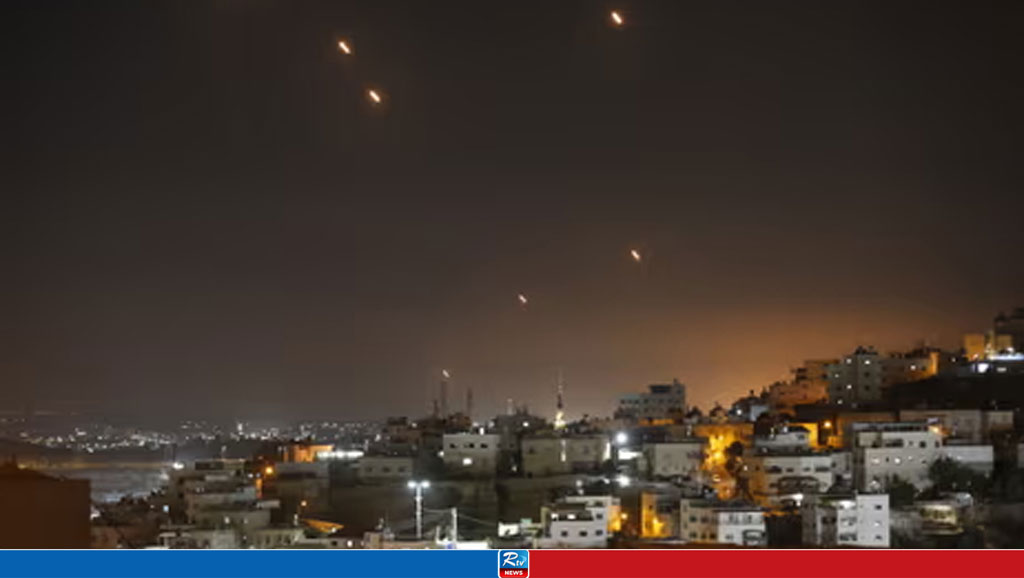
19 Killed in Passenger Bus Accident in Mexico
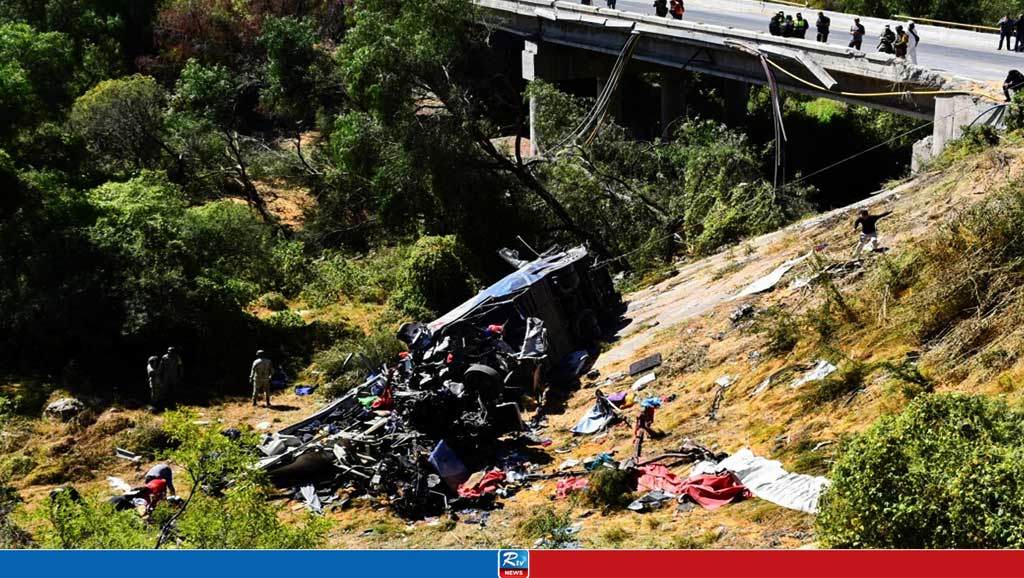
Tropical Storm Trami Claims 126 Lives, Hundreds Missing in Philippines
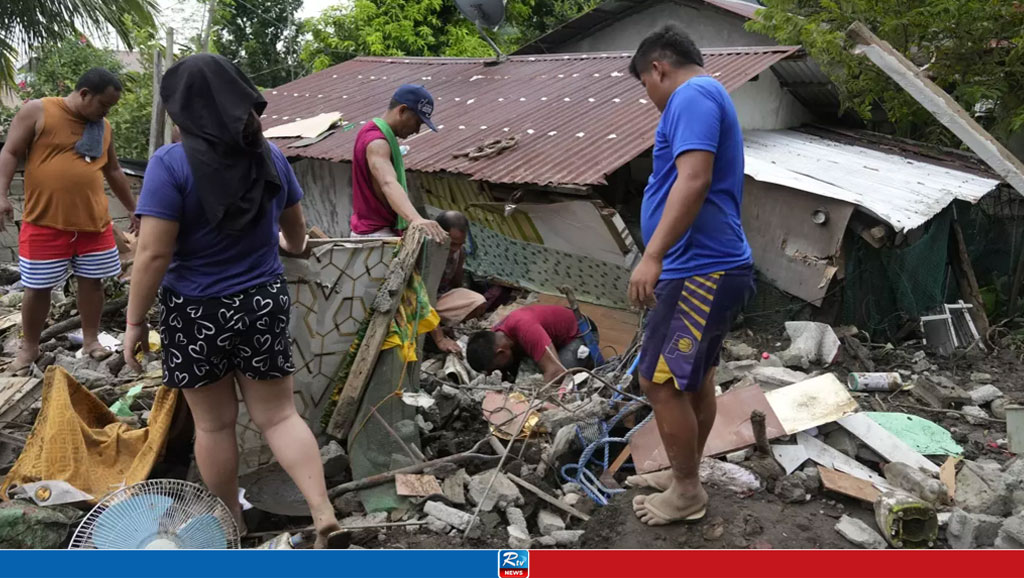
Elon Musk Reveals Tesla 2025 Motorhome for UNDER $17,000


 Live Tv
Live Tv

